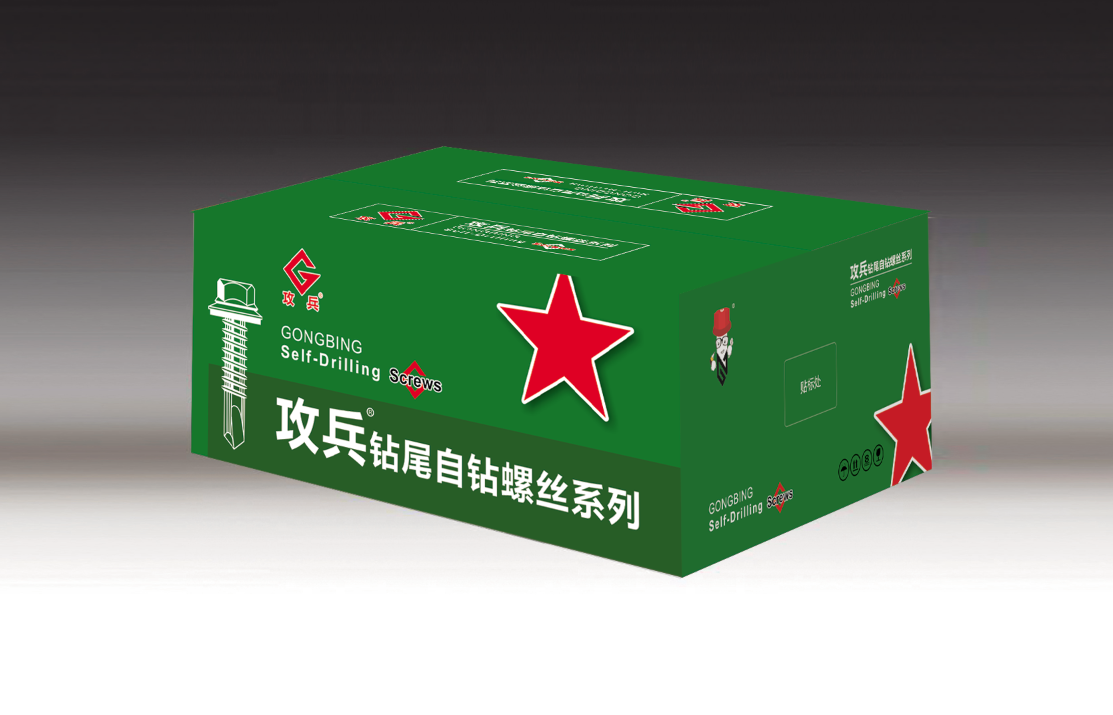wedge anchor size for sill plate
Understanding Wedge Anchor Size for Sill Plates
When it comes to constructing any building or structure, ensuring a strong and secure foundation is paramount. Among the critical components used for anchoring in construction are wedge anchors, particularly when attaching sill plates to concrete. This article aims to shed light on the importance of wedge anchor size for sill plates, including factors to consider, common sizes, and best practices for installation.
What is a Wedge Anchor?
A wedge anchor is a type of fastener that is used to attach objects or structures to concrete. It consists of a threaded shaft, a wedge, and a nut, which, when tightened, allows the wedge to expand against the concrete, creating a secure hold. Wedge anchors are favored in construction due to their superior holding power and ease of installation. They are particularly useful for securing sill plates, which are critical components of a building's framework that rest upon the foundation.
Importance of Proper Wedge Anchor Sizing
The size of the wedge anchor is vital for ensuring a strong connection between the sill plate and the concrete substrate. Using the correct size of wedge anchor affects the load-bearing capacity, structural integrity, and overall safety of the building. If the anchors are too small, they may not provide sufficient holding power, potentially leading to structural failure. Conversely, excessively large anchors can cause unnecessary damage to the concrete or lead to installation difficulties.
Factors to Consider When Choosing Wedge Anchor Size
Several factors influence the size of the wedge anchors needed for sill plates
1. Load Requirements The primary consideration is the load that the sill plate will need to support. This includes not just the weight of the plate itself but also the weight of the walls and any added loads (e.g., roofing, plumbing). The load capacity must be evaluated in accordance with building codes and structural engineering principles.
2. Concrete Condition The condition of the concrete wherein the wedge anchors will be installed is crucial. A sound, high-quality concrete structure can accommodate larger anchors, while damaged or weakened concrete may require smaller anchors or alternative fastening methods.
3. Depth of Embedment The depth at which a wedge anchor is installed also impacts its holding strength. Generally, it’s recommended to adhere to a minimum embedment depth as specified by the manufacturer. If the anchor is not embedded deep enough, it may not achieve the desired performance.
wedge anchor size for sill plate

4. Environmental Factors In environments exposed to moisture or chemicals, the material of the wedge anchors should be considered. Galvanized or stainless steel anchors are commonly used in such situations to prevent corrosion and ensure longevity.
Common Wedge Anchor Sizes
Wedge anchors are available in various sizes, typically ranging from 3/8 inches to 1 inch in diameter, and they are designed for different lengths according to the specified applications. Here are some common sizes
- 3/8 Wedge Anchor Suitable for light applications, often used in residential settings. - 1/2 Wedge Anchor A versatile size that works for medium to heavy loads typically found in commercial construction. - 5/8 and 3/4 Wedge Anchors Used for heavy-duty applications, especially in industrial or structural projects.
Best Practices for Installation
1. Drilling the Hole Ensure that the hole drilled into the concrete matches the specifications provided by the wedge anchor manufacturer, including diameter and depth.
2. Cleaning the Hole After drilling, clean out the hole of any dust or debris, as this can affect the anchoring performance.
3. Correct Placement Insert the anchor into the hole and use a wrench to tighten the nut carefully. Over-tightening can damage the concrete or compromise the integrity of the anchor.
4. Follow Code Compliance Always adhere to local building codes and building practices during installation to ensure safety and performance.
Conclusion
In summary, selecting the right size of wedge anchor for sill plates is crucial for maintaining structural integrity and safety in construction. By considering load requirements, concrete conditions, and proper installation practices, builders can ensure long-lasting and secure installations. With a plethora of sizes available and careful attention to detail during the installation process, wedge anchors can effectively provide the support necessary for any construction project.
-
Weatherproof Plastic Expansion Anchors for OutdoorNewsJun.06,2025
-
Sustainability in the Supply Chain: Eco-Friendly TEK Screws ProductionNewsJun.06,2025
-
Load-Bearing Capacity of External Insulation FixingsNewsJun.06,2025
-
Double Head Bolts: Enhancing Efficiency in Industrial MachineryNewsJun.06,2025
-
Corrosion Resistance in Chipboard Screws: Coatings for Wholesale DurabilityNewsJun.06,2025
-
Butterfly Toggle Bolts : Enhancing Structural ResilienceNewsJun.06,2025
